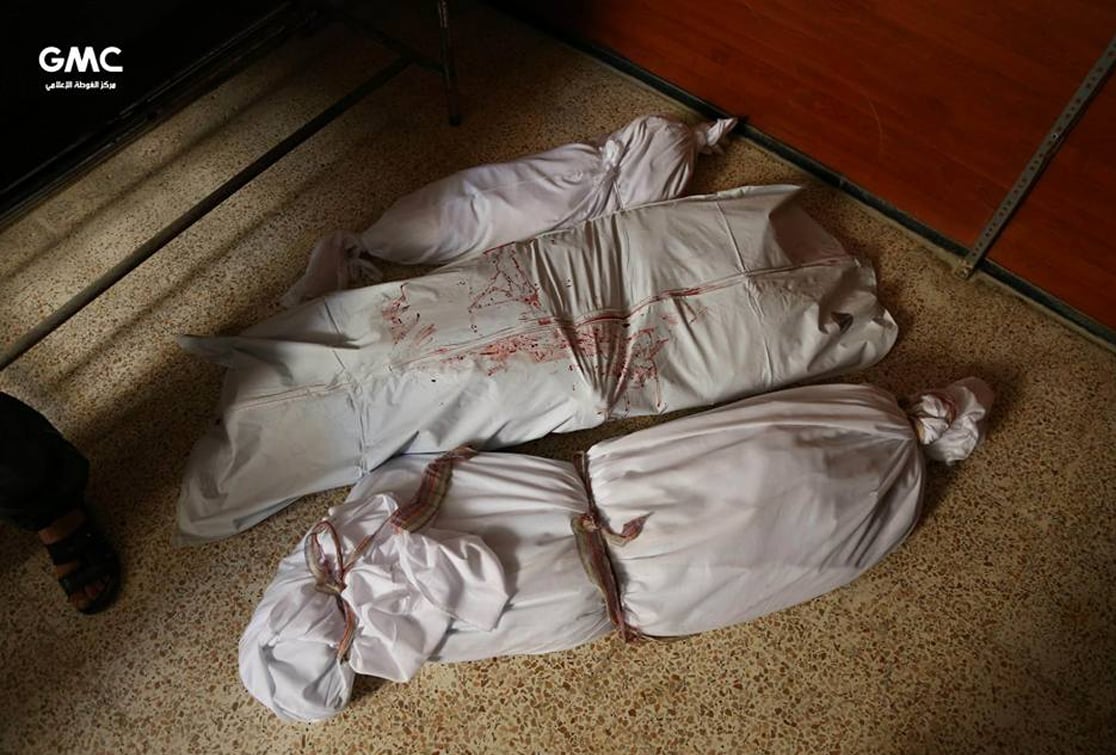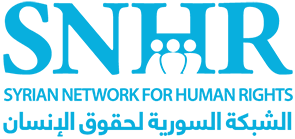International Coalition Forces Top all other Parties with 17 Massacres

SNHR has published its monthly report documenting the massacres perpetrated by the parties to the conflict for the month of August.
The report highlights the de-escalation agreement in Syria, which commenced on May 6, 2017, after it was announced at the end of the fourth round of Astana talks which was held between representatives from Russia, Turkey, and Iran as the states that sponsored Ankara Ceasefire agreement. The agreement outlined four major de-escalation areas, where a cessation of combat operations will take place in these areas, humanitarian aids will be delivered, and IDPs residents will be allowed a return to these areas. These areas, as specified by the agreement, are: Idlib governorate and the surrounding areas (parts of Aleppo, Hama, and Latakia governorates), northern Homs governorate, Eastern Ghouta, and parts of Daraa and al Quneitra governorates in the southern parts of Syria. It was provided that an expert committee would accurately assign the borders of said zones at a later date.
The report also notes that an extensive round of talk that commenced in May 2017 in the Amman, Jordan’s capital, between Russia, USA, and Jordan was followed by an announcement by the American and Russian presidents, on the sidelines of the 2017 G20 summit in Hamburg, that a ceasefire agreement has been reached in southwestern Syria – Daraa, Quneitra, and Suwayda governorates. The agreement went into force at 12:00 on Sunday July 9, 2017, and provided for the passage of humanitarian aids in addition to a ceasefire between the conflicting parties (Syrian regime forces and their allies on one side, and armed opposition factions on the other side). Also, the agreement specifies that maintaining security in this region is the Russian forces’ responsibility in coordination with the Americans and Jordanians. The report adds that since the agreement went into effect, the included areas saw a relatively noticeable and good decrease in killing rates compared with the previous months since March 2011.
Then, the report talks about other local agreements that have been struck, such as Eastern Ghouta between armed opposition factions in Eastern Ghouta and officials from the Russian side, and a similar agreement in northern suburbs of Homs governorate. However, the texts of these agreements haven’t been made public on Russian government’s websites, and the same for armed opposition factions who didn’t publicize these agreements, except for Failaq al Rahman who published the text of the agreement on their official website. At the end of the agreement, according to the copy on Failaq al Rahman’s website, a signature by a Russian sponsor was shown but without an explicit name, which is a great flaw, as apparently all of this helps the sponsoring Russian side to easily dissolve from these agreements with no subsequent political or legal obligations and repercussions.
A de-escalation agreement was signed, according to the Russian Ministry of Defense, in Egypt’s capital Cairo on Saturday, July 22, 2017, in Eastern Ghouta following a round of talks between Russian military officials and factions from the armed opposition that took place in Egypt’s capital Cairo. The agreement was to come into effect at 12:00 of the same day, while Failq al Rahman joined the agreement after a representative from the faction signed the agreement with a Russian government representative in Geneva city on Wednesday, August 16, 2017, as the agreement established Failaq al Rahman’s and their areas’ inclusion in the agreement, where it was to come into effect at 21:00 of Friday, August 18, 2017.
The report also sheds light on northern suburbs of Homs and southern suburbs of Hama de-escalation agreement which was signed in Cairo on Monday, July 31, 2017 following a round of talks between armed opposition factions in the area and the Syrian regime represented by the Russian government a sponsoring party, as the agreement was to commence at 12:00 on Thursday, August 3, 2017. Most notably, the agreements provided for a full cessation of hostilities between the conflicting parties in the relevant areas -with the exclusion of the areas in which ISIS and Hay’at Tahrir al Sham are present- and for humanitarian aids to enter these areas and for detainees to be released as per the demands of each party as to which detainees are to be released. Moreover, the report stresses that the toll of civilians killed by Syrian regime forces, as well as its widespread violations, imply a lack of commitment to the most two recent signed agreements on the Syrian regime’s part.
The report stresses that breaches haven’t stopped, despite Ankara Ceasefire Agreement and the string of de-escalation agreements that followed, mainly by the Syrian regime, who is seemingly the party that would be most affected should the ceasefire go on, and in particular extrajudicial killing crimes and, more horrendously, deaths due to torture. This strongly asserts that there is a ceasefire of some sort on the table, but the crimes that the international community -particularly the sponsoring states- won’t see are still going on as nothing had changed.
The report records a drop in the number of massacres by Russian forces for the fourth month in a row following the de-escalation agreement’s commencement on May 6, 2017. Also, number of massacres by Syrian regime forces have decreased nearly by half in comparison with last July. However, international coalition forces are still perpetrating massacres at the same rates, and have trumped all other parties in terms of massacre for the fourth month in a row with 17 massacres, including 16 massacres in Raqqa city under the pretext of defeating terrorism.
The report contains an account for one survivor. Furthermore, the reports sheds light on the high documentation standards incorporated in the report, which rely on direct accounts from survivors or victims’ families and local media activists. In addition, we have analyzed the pictures and videos and some medical records we received. We have all the pictures and videos that are mentioned in this report in a secret online database, and backup copes on hard drives. Certainly, we can’t claim that we have documented all cases in light of the ban and pursuit by Syrian regime forces and other armed groups.
As a result of these challenges, the type and number of evidence vary from one case to another. In light of the challenges we mentioned above, many of the incidents’ legal description change based on new evidences or clues that surface after we had released the report. We add these evidences and clues to our data archive. On the other hand, many incidents don’t constitute a violation to the international humanitarian law, but it involved collateral damages, so we record and archive these incidents to know what happened historically and to preserve it as a national record. However, we don’t describe it as massacres.
The report records no less than 243 massacres perpetrated by the parties to the conflict in Syria since the start of 2017. Moreover, the report outlines the toll of massacres in August 2017, as 27 massacres were documented. The report describes an incident as a massacre if it involves the killing of five peaceful individuals at once. Based on this report, Syrian regime forces perpetrated five massacres in August, coming second after international coalition forces who perpetrated 17 massacres, while Russian forces committed two massacres, and ISIS committed two massacres. In addition, other parties were responsible for one massacre.
According to the report, Syrian regime forces perpetrated two massacres in Deir Ez-Zour, two in Damascus, and one in Hama, while Russian forces perpetrated one massacre in Raqqa and one in Deir Ez-Zour. International coalition forces perpetrated 16 massacres in Raqqa and one in Hasaka, while ISIS perpetrated one massacre in Raqqa and one in Deir Ez-Zour. In addition, other parties perpetrated one massacres in Idlib.
According to the victim documentation team at SNHR, 274 individuals were killed in those massacres, including 117 children and 65 women (adult female). This means that 67% of the victims were women and children, which is a considerably high percentage and an indication that civilians were targeted in most of these massacres.
The report breaks down the victim toll of August’s massacre, where Syrian regime forces killed 29 individuals, including 11 children and eight women, while Russian forces killed 22 civilians, including 10 children and nine women. In the massacres they perpetrated, international coalition forces killed 203 civilians, including 95 children and 48 women, while the death toll of ISIS’s massacres was 13 civilians, including one child. In addition, the massacre perpetrated by other parties resulted in the killing of seven civilians.
The report stresses that the bombing incidents, whether it was deliberate or indiscriminate, targeted armless civilians, thus, The Syrian-Russian alliance forces have violated the rules of the international human rights law which guarantee the right to life. Furthermore, these violations were perpetrated during a non-international armed conflict which amount to war crimes as all elements of a war crime have been fulfilled. In addition, ISIS, international coalition forces and other parties (includes groups that we weren’t able to identify in addition to Turkish, Lebanese, and Jordanian forces) have committed massacres that constitute war crimes according to the report. However, these crimes are not crimes against humanity as with the case of Syrian regime forces and their pro-regime forces that are committing massacres in a widespread and systematic manner.
Moreover, these attacks, especially bombing, have resulted in collateral damages that involved casualties, injuries, and damages to civil facilities. There are strong indicators that prove that the damage was deeply severe compared to the estimated military benefit. In all of the cases, we couldn’t confirm that there were any military targets before or during these attacks.
Additionally, the magnitude of the massacres, its frequent pattern, the exaggerated use of strength, its military nature, the indiscriminate manner of the bombing, and the coordinated approach of these attacks must be based on high orders, and a state policy.
The report calls for referring the case in Syria to the International Criminal Court and stop the disrupting of the decisions that must be adopted by the Security Council against the Syrian government. This disruption is a wrong message to all dictatorships around the world and supports the culture of crime. Also, immediate sanctions must be imposed on all individuals involved in widespread human rights violations.
Moreover, the report calls for binding the Syrian government to allow all relief and human rights organizations to enter Syria as well as the Independent International Commission of Inquiry on the Syrian Arab Republic and journalists and let them work without any obstructions.
The report emphasizes that all militias that are fighting with the Syrian government and have committed widespread massacres such as Iranian militias, the Lebanese group Hezbollah, other Shiite brigades, National Defense Army, and “Shabiha”, must be listed on the international list of terrorist organizations.
The report calls on the sponsoring Russian side to stop the Syrian regime from dooming all de-escalation agreements, and start making progress in the detainees issue by revealing the fates of 76,000 forcibly-disappeared persons.
Finally, the report calls for the implementation of “Responsibility to Protect” norm which was established by the United Nations General Assembly in 2005, in Syria as it is direly needed there.


